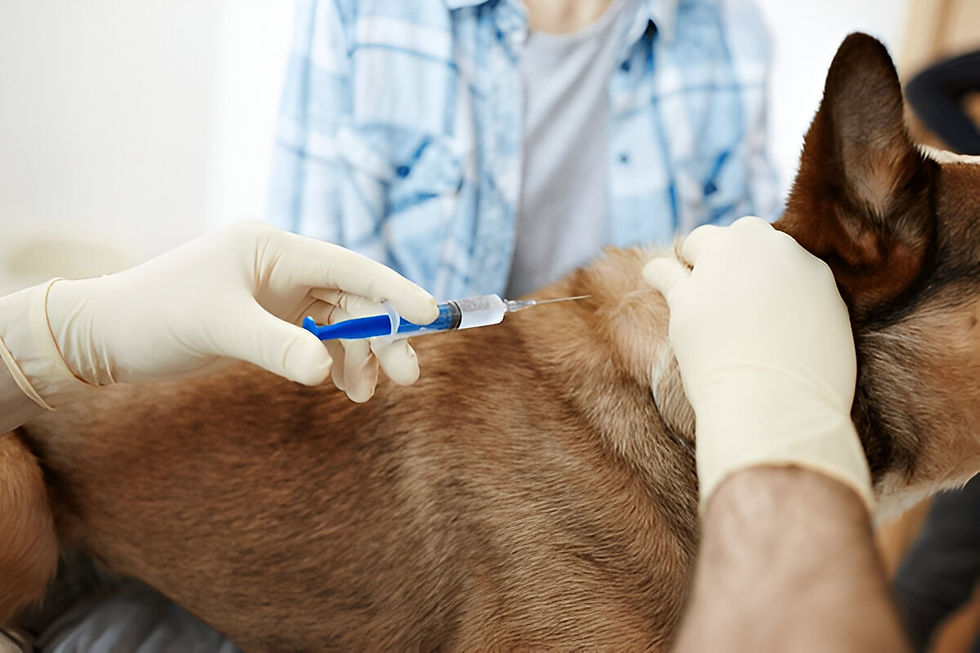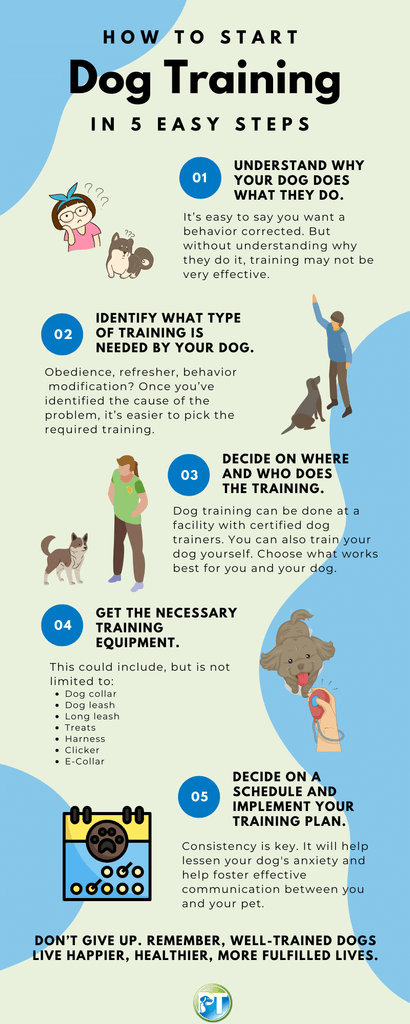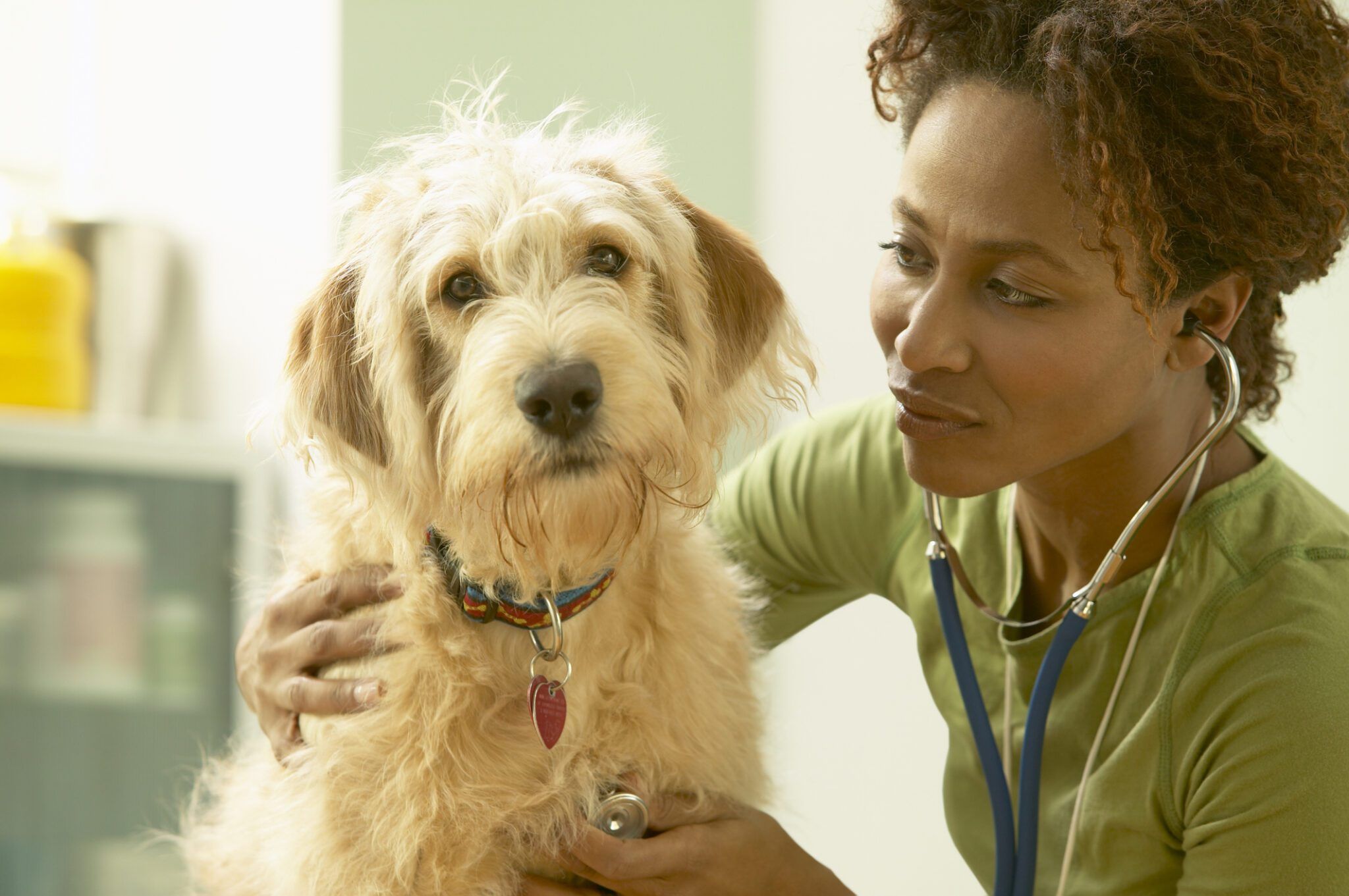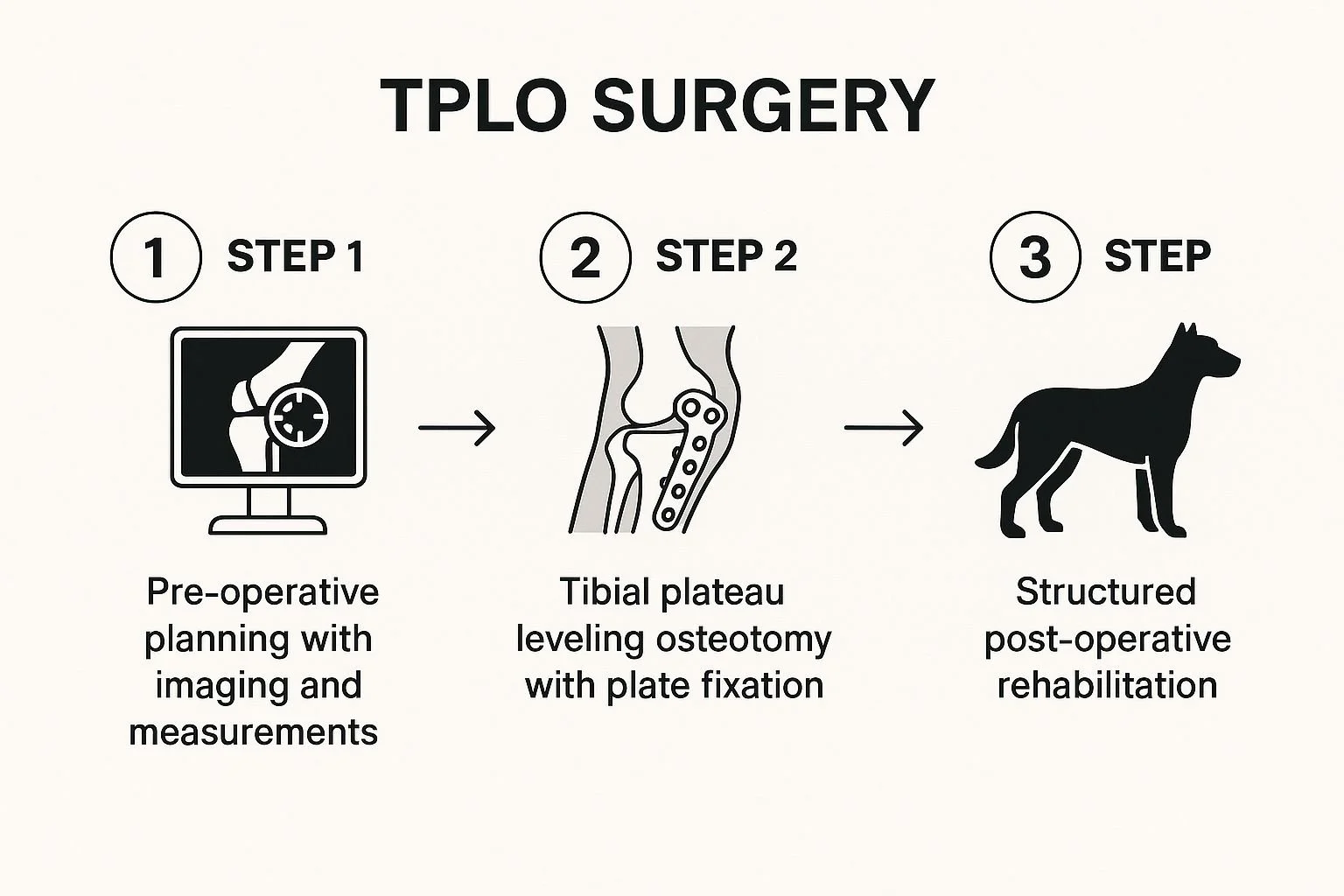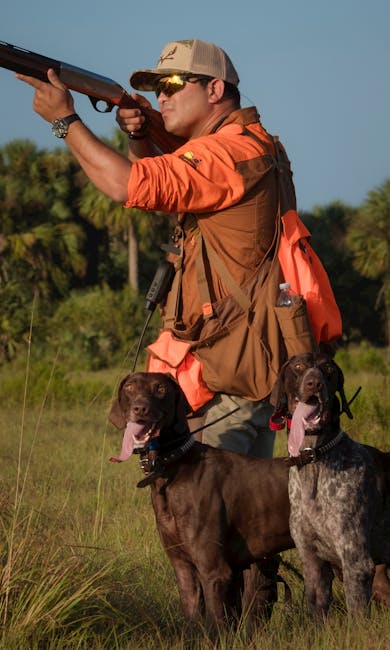Are you wondering when the right time is to take your dog to obedience training? If your furry friend is showing signs of stubbornness, pulling on the leash, or not listening to basic commands, you’re not alone.
Knowing exactly when to start training can save you from frustration and help build a stronger bond with your dog. You’ll discover the key moments that signal it’s time to get professional guidance, so you can enjoy a happier, well-behaved companion.
Keep reading to find out how to make training work for both you and your dog.
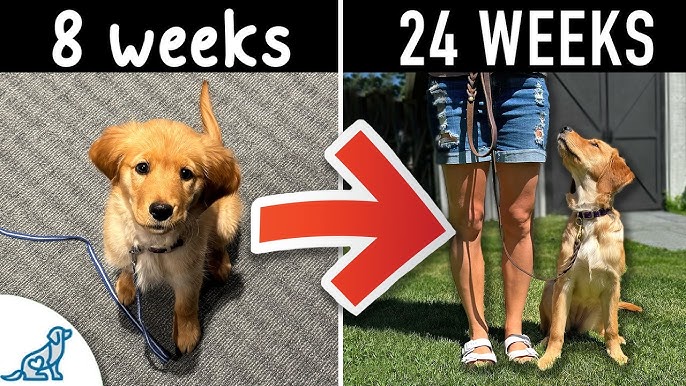
Credit: m.youtube.com
Signs Your Dog Needs Training
Noticing your dog’s behavior can tell you a lot about when it’s time to start obedience training. If your dog acts out, ignores commands, or seems confused about what you expect, these are clear signals that training could help. Recognizing these signs early can save you frustration and build a stronger bond with your pet.
Behavioral Issues To Watch For
Does your dog bark excessively, jump on guests, or pull hard on the leash? These behaviors often show a need for guidance. You might also see signs like chewing furniture, digging, or even growling without clear reason. Addressing these problems through training helps your dog understand boundaries and feel more secure.
Think about how your dog reacts when you ask for simple actions like “sit” or “stay.” If your dog ignores these commands, it’s a strong hint that professional training will be beneficial. Have you noticed your dog struggling with social situations or showing signs of anxiety? Training can improve their confidence and manners.
Age And Developmental Stages
Puppies are like sponges—they learn quickly, making early training crucial. Starting obedience classes between 8 to 16 weeks helps set good habits before bad ones form. But it’s never too late; older dogs can learn too, though their training may need more patience and consistency.
During adolescence, dogs test limits and may become more stubborn. This stage is a good time to reinforce rules and practice obedience regularly. If your dog suddenly starts ignoring commands or misbehaving, consider it a signal to refresh their training.
Breed-specific Tendencies
Some breeds have natural instincts that make training more important. For example, herding dogs may try to herd children or other pets, while terriers might dig or chase small animals. Understanding your dog’s breed traits helps you focus on the right training areas.
If you own a high-energy breed, they may need more mental and physical exercise alongside obedience training. Have you noticed your dog’s breed tendencies influencing their behavior at home or in public? Tailoring training to these traits can lead to faster, better results.
Benefits Of Early Training
Starting obedience training early offers many benefits for dogs and owners. Puppies learn faster and remember commands better. Early training builds a strong bond between you and your pet. It also helps dogs grow into well-behaved adults. Taking your dog to obedience classes at a young age sets the stage for a happy, obedient companion.
Building Good Habits
Early training teaches dogs basic commands like sit, stay, and come. These habits become part of their daily routine. Puppies learn to follow rules and respect boundaries. Consistent training helps dogs understand what behavior is expected. Good habits prevent confusion and make life easier for both dog and owner.
Socialization Advantages
Training classes introduce puppies to new dogs and people. Socialization reduces fear and aggression in unfamiliar situations. Dogs learn to interact politely with others. Exposure to different environments builds confidence. Early socialization helps dogs adapt well to new places and experiences.
Preventing Future Problems
Starting training early stops bad behaviors before they form. Chewing, barking, and jumping can be controlled from the start. Early guidance reduces the risk of aggression or anxiety. Training helps dogs understand limits and proper ways to behave. This prevents costly and stressful problems later on.
Choosing The Right Time
Choosing the right time to start obedience training can shape your dog’s behavior and your relationship for years to come. Timing affects how well your dog absorbs lessons and adapts to commands. But how do you know when your dog is ready to begin? Let’s break down the ideal timing based on your dog’s age and background.
Puppy Training Timeline
Starting training early with puppies can set a strong foundation. Most experts suggest beginning as soon as your puppy settles into your home, usually around 8 weeks old. At this stage, they are curious and eager to learn simple commands like “sit” or “come.”
Keep sessions short and fun—puppies have limited attention spans. Focus on socialization too, exposing them to new sights, sounds, and people. This reduces fear and builds confidence, making future training smoother.
Have you noticed how your puppy reacts to new experiences? That’s a clue to when to push forward or slow down.
Training Adult Dogs
Adult dogs might seem set in their ways, but they are fully capable of learning obedience. The best time to start is right now—whenever you decide to take control of their behavior. Training can help with specific issues like jumping, barking, or leash pulling.
Adult dogs often have more focus than puppies, allowing for longer training sessions. However, patience is key since some habits may take time to change. Consistency and positive reinforcement become your best tools.
Think about your dog’s daily routine—how can you weave training into it without overwhelming either of you?
Adjusting For Rescue Dogs
Rescue dogs come with unique histories that affect their readiness for obedience training. Timing depends heavily on their emotional state and past experiences. Some might need weeks or months to feel safe and trust you before starting formal training.
Start with basic commands once your rescue shows signs of comfort in their new environment. Use gentle, reward-based methods to build trust. Be prepared to adjust your expectations and timeline based on your dog’s progress.
Have you taken time to observe your rescue’s stress signals? This can guide when and how to begin training effectively.

Credit: backyardpetservices.com
Types Of Obedience Training
Choosing the right type of obedience training for your dog can shape their behavior and your relationship. There are various formats available, each with unique benefits. Understanding these options helps you pick what fits your dog’s needs and your lifestyle best.
Group Classes Vs. Private Sessions
Group classes offer socialization opportunities for your dog to interact with others while learning basic commands. These classes are usually more affordable and create a motivating environment through peer presence.
Private sessions provide personalized attention, focusing on your dog’s specific challenges. Trainers can tailor methods to your dog’s temperament, which is especially helpful if your dog is shy or aggressive.
Think about how your dog reacts around other dogs. Would they thrive in a group setting or benefit more from one-on-one time?
In-person Vs. Online Training
In-person training allows hands-on guidance and immediate feedback from the trainer. You and your dog get direct support, which can speed up learning and correct mistakes quickly.
Online training offers flexibility to learn at your own pace and schedule. It’s ideal if you have a busy lifestyle or live far from training centers, but requires more self-discipline.
Consider your availability and how your dog learns best. Would you prefer real-time interaction or the convenience of home-based lessons?
Specialized Training Options
Some dogs need training beyond basic obedience, like therapy dog certification, agility, or service dog skills. Specialized trainers focus on these specific goals with targeted techniques.
If your dog shows unique talents or specific behavioral issues, specialized training can unlock their full potential or address those problems effectively.
Have you noticed a particular skill your dog excels in or a behavior that standard classes don’t cover? Specialized training might be the key.
Preparing For Training
Preparing your dog for obedience training sets the stage for success. It’s not just about showing up; it’s about creating the right environment and mindset for both you and your dog. Careful preparation helps you stay consistent and makes the process smoother and more enjoyable.
Selecting A Trainer
Choosing the right trainer is crucial. Look for someone with positive reinforcement experience rather than harsh correction methods. Ask about their training style and watch a session if possible to see how they interact with dogs.
Think about your dog’s personality too. A shy dog might need a calm, patient trainer, while a high-energy pup could benefit from a more active approach. What qualities do you want in a trainer to best support your dog’s needs?
Gathering Training Supplies
Having the right tools makes training sessions more effective. Essentials include a sturdy leash, a comfortable collar or harness, and plenty of small, tasty treats as rewards. Avoid bulky or distracting toys that could take your dog’s focus away from learning.
Consider a clicker if you want to mark desired behaviors clearly. Keep supplies handy and organized so you don’t waste time hunting for them during sessions. How will you keep training consistent throughout your home and daily routine?
Setting Realistic Goals
Setting clear, achievable goals keeps you motivated and your dog engaged. Start with simple commands like “sit” or “stay” before moving to complex tasks. Remember, every dog learns at their own pace.
Write down your goals and track progress. This helps you celebrate small wins and adjust your approach if needed. What milestones will signal to you that your dog is ready for the next challenge?
Maintaining Progress At Home
Maintaining progress at home is key to your dog’s obedience training success. Training sessions at class build skills, but daily practice locks them in. Consistency and patience help your dog understand and remember commands better. Regular reinforcement makes good behavior normal for your pet.
Consistent Practice Tips
- Set short, daily training sessions to keep your dog engaged.
- Practice commands in different rooms and outdoor settings.
- Use clear, simple commands your dog already knows.
- Keep training sessions fun to hold your dog’s interest.
- Avoid long sessions that tire your dog or reduce focus.
Positive Reinforcement Techniques
Reward your dog immediately after good behavior. Use treats, praise, or playtime as rewards. Positive reinforcement motivates your dog to repeat desired actions. Never punish your dog during training—it can cause fear or confusion. Gentle encouragement builds trust and eagerness to learn.
Tracking Improvement
Keep a simple journal of your dog’s progress. Note which commands are strong and which need work. Track how your dog reacts in different environments. Celebrate small successes to stay motivated. Adjust training methods if progress slows or stops.

Credit: www.facebook.com
Frequently Asked Questions
When Is The Best Age To Start Dog Obedience Training?
The ideal age to start obedience training is between 8 to 16 weeks. Puppies learn quickly during this period. Early training helps establish good behavior and social skills. Starting young prevents bad habits from forming and builds a strong bond with your dog.
How Do I Know If My Dog Needs Obedience Training?
If your dog shows signs of disobedience, aggression, or anxiety, training is beneficial. Difficulty in following commands or excessive barking also indicates a need. Training improves behavior, boosts confidence, and enhances your relationship with your dog.
Can Adult Dogs Learn Obedience Training Effectively?
Yes, adult dogs can learn obedience training effectively. While puppies adapt faster, adult dogs respond well to consistent, positive reinforcement. Training helps correct unwanted behaviors and strengthens communication between you and your dog at any age.
How Long Does A Typical Obedience Training Session Last?
Typical obedience training sessions last 15 to 30 minutes. Short, frequent sessions keep your dog engaged and prevent boredom. Consistency and patience are key to successful training. Regular practice ensures your dog retains learned commands and behaviors.
Conclusion
Starting obedience training early helps your dog learn good behavior fast. Watch for signs like disobedience, anxiety, or bad habits. Training builds trust and makes life easier for both of you. Remember, patience and consistency matter most during lessons. Every dog learns at its own pace, so stay calm and keep practicing.
Obedience training strengthens your bond and keeps your dog safe. Don’t wait too long—begin training when you notice problems or want better control. Good habits now save stress later.

